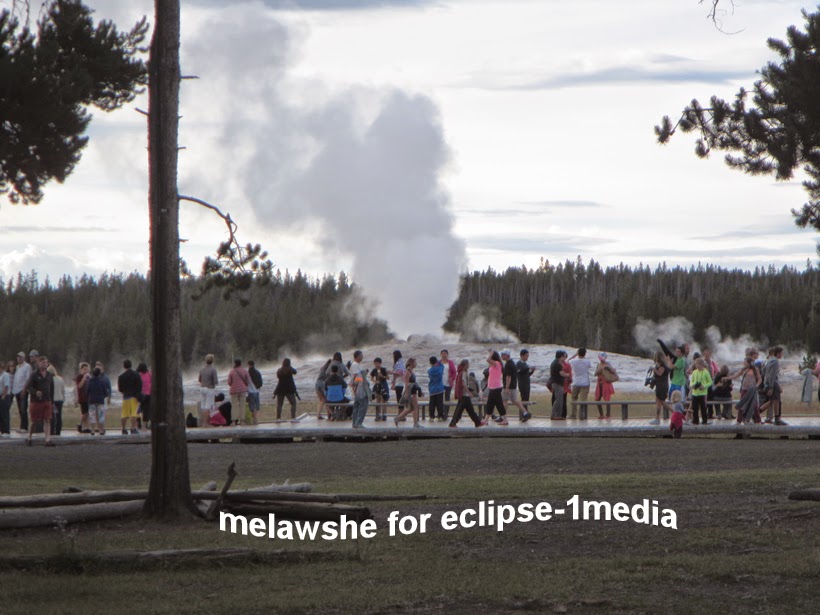Some of Yellowstone National Park's most amazing features are the hot spring pools of superheated water.
Geothermally heated water pushes up from the rocks below cooling through convection as it reaches the surface.
Watch the hot gas and water as it bursts to the top.
hd
The different colors in and at the edge of pools are from mineral deposits and from the microscopic growth of many temperature dependent thermomophiles - bacteria that live in extreme temperature conditions.
See more of Yellowstone's activity and subscribe for a weekly adventure at TheEarthMinute.com












